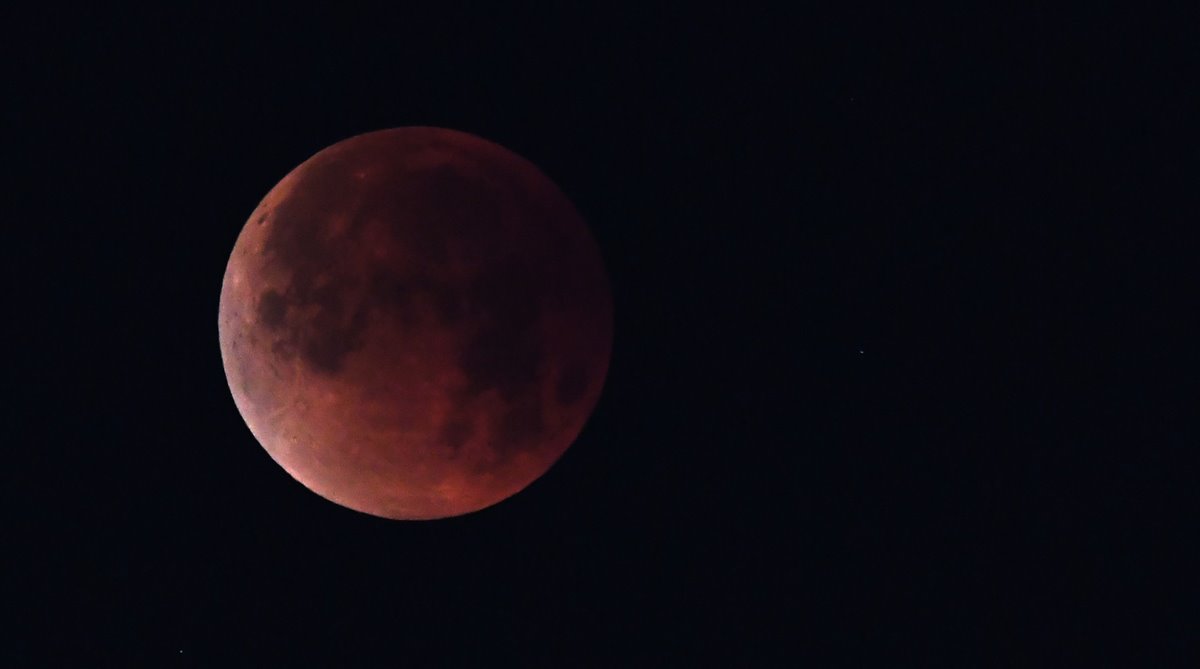Navratri 2022: History, significance, timeline and everything you need to know about this 9-day festival
It is intended for worshipping Maa Durga and her nine avatars, known as Navdurga. Navratri means 'nine nights' in Sanskrit.
The celestial spectacle will be taking place alongside the Blood Moon, as well as the Mars opposition.

Chandra Grahan or Lunar Eclipse 2018 dates and time in India: The longest lunar eclipse of the 21st century will be seen over the July 27 night and the early hours of July 28. The lunar eclipse or chandra grahan lasting one hour and 43 minutes will be visible in its entirety across India.
The celestial spectacle will be taking place alongside the Blood Moon, as well as the Mars opposition.
Here’s all you need to know about the chandra grahan.
Advertisement
How does a chandra grahan occur?
A lunar eclipse or chandra grahan occurs when the Earth while orbiting the Sun comes between the Sun and the Moon, stealing the Moon’s shine by blocking the sunlight that is reflected by the natural satellite. The phenomenon prevents the sunlight from hitting the Moon’s surface and instead causes the Earth’s shadow to fall on it, effecting a total lunar eclipse.
Why is it called Blood Moon?
Moon has no light of its own. It only reflects the light it gets from the Sun. During an eclipse, though the moon is in the Earth’s shadow, some sunlight still reaches it after passing through the Earth’s atmosphere. This causes the Earth’s atmosphere to filter out most of the blue light, making the moon appear red. This light gives the Earth’s natural satellite a dramatically colourful appearance — from bright orange to blood red. This is why it’s called Blood Moon. Depending upon the part of the Eartha’s shadow the Moon will be passing through, its appearance can be sometimes dark brown to very dark gray too.
When is chandra grahan/lunar eclipse in India?
The chandra graham or lunar eclipse will take place on July 27. The umbral (first) phase will begin at 11.54 pm IST, when the Earth will cast its shadow on the Moon. The total eclipse will begin at 1 am (July 28) and soon the moon will appear to turn red, looking the darkest at 01.52 am. In the second phase, the moon will reach the edge of the umbra at 2.43 am, effecting a partial lunar eclipse. The whole celestial event is to get over at 3.49 am.
What do you need to watch the chandra grahan?
Unlike solar eclipse, you do not need any special filter to watch a lunar eclipse. It is completely safe to look at an eclipsed moon with the naked eye. You don’t need a telescope either, but we advise you to use a good pair of binoculars for an enhanced experience.
Read More:
Advertisement